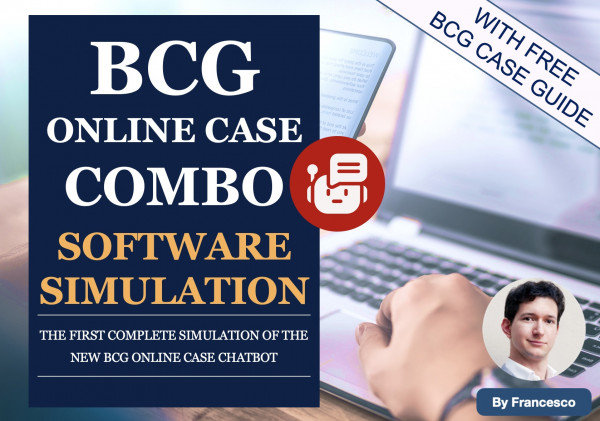Hello
I often see in all market entry cases (frameworks and Case Solutions) they list Profitability Analysis as something to be analyzed followed by Entry Strategy (esp. in case prompts that does not specify the client's preference) . I do not understand how would you analyze the cost of entry into a market prior to deciding how to enter it. Does not make sense. Merging is different than entering solo: the investment costs are different.
the logical way is to analyze the economics of the different/possible entry strategies and see which one best fits the company's $$ goal. No?
(editiert)






Hello, This seems to be a great and realistic answer but in most of the cases we don’t get this kind of information from the beginning (amount of the investment, target ROI). In most of the cases that I have seen they indicate that the client’s objective is to increase profitability should he enter the market or not, or something like the target is to increase sales should we launch the product or not? Should we start the case by asking specific questions regarding the investment, current sales etc and after we have them we move on to a framework to assess weather the number is feasible or not? Thanks,